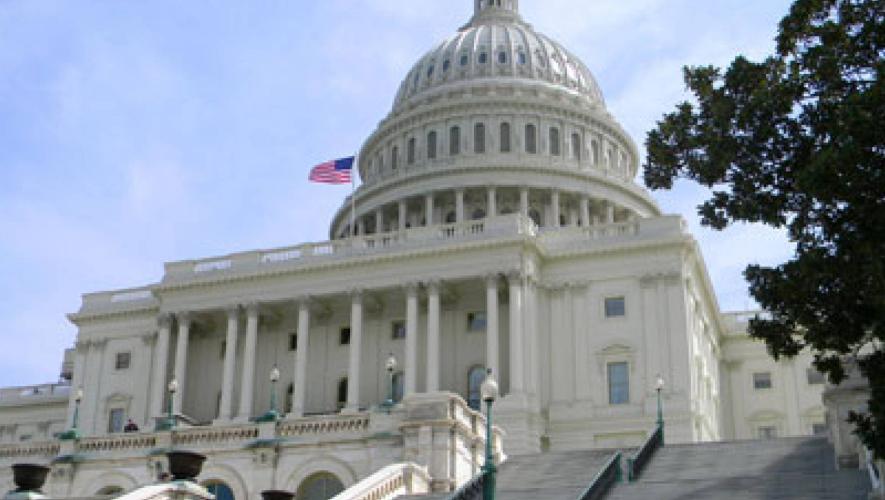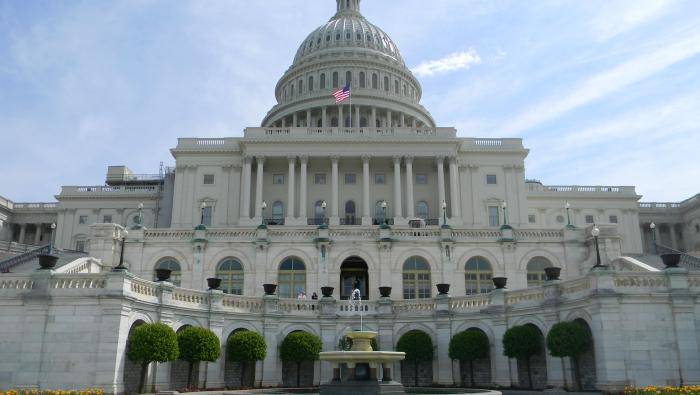The FAA’s notice of proposed rulemaking (NPRM) to develop a certification pathway for supersonic aircraft has drawn a mixed bag of responses from industry, community, regulators, and environmentalists, with many offering strong support, others calling the effort premature, and still others expressing absolute opposition.
Released in April, the NPRM would for the first time establish subsonic landing and takeoff cycle noise standards for supersonic airplanes other than the Concorde. The lack of standards has been a main stumbling block to development of supersonic aircraft. Initially, the proposal would address aircraft with a maximum takeoff weight no greater than 150,000 pounds and a maximum operating cruise speed of Mach 1.8. This category of aircraft would constitute “Supersonic Level 1,” accommodating most of the current development activity, the agency said.
The NPRM would set a threshold that would exceed Stage 4, which most aircraft currently meet, but would provide flexibility in how those standards are met, including the use of variable noise-reduction systems.
The comment period on the proposal ended July 13, with nearly 270 comments posted. Manufacturer representatives such as the Aerospace Industries Association (AIA) and the General Aviation Manufacturers Association (GAMA) commended the effort, particularly for taking a data-driven approach. “AIA and our members view this rule as a crucial step to enabling the next generation of environmentally responsible supersonic aircraft and commend the FAA for its leadership in ensuring the U.S. encourages innovation to transform how we move, travel, and experience our planet,” AIA said. They both stressed a goal of aligning the regulations with those of the international community through the International Civil Aviation Organization (ICAO).
Operator representatives such as NBAA and the Air Line Pilots Association (ALPA) similarly offered support. With the FAA’s approach of capitalizing on the existing framework and testing requirements in place for subsonic aircraft, ALPA said it believes “the FAA will be able to maintain the same level of rigor for new aircraft designs and new certification applicants, which will allow the advancement of new technologies while maintaining the same level of understanding of the aircraft being certified with respect to noise generation.”
NBAA, meanwhile, also said it supports the FAA's data-driven approach and added, “This proposed rule strikes a balance between protecting against significant impacts on people and the environment and a regulatory system that supports innovating new technologies that can thrive.”
However, environmental organizations coalesced in their opposition, with more than 60 of the groups calling for the withdrawal of the proposal and charging that it would enable such aircraft “to be noisier at takeoff and landing than new conventional jets.”
“The Trump administration’s plan to revive these super-polluting planes is a huge threat to our climate and the air we breathe,” said Clare Lakewood, legal director at the Center for Biological Diversity’s Climate Law Institute.
The European Union also expressed reservation with the FAA moving forward independently on a rulemaking. “Priority should be given to the development of international standards within ICAO over any initiative taken by a state,” it said in a statement. “In this regard, the EU considers the notified standard as premature as it would give a leeway for supersonics standards to depart from existing subsonic aircraft standards, thus potentially distorting the market by unfairly competing with subsonic aircraft.”
Bombardier agreed. “Because neither an LTO [landing and takeoff] noise standard nor a CO2 emission standard for supersonic airplanes have been defined by ICAO, Bombardier believes it is premature for the FAA to propose LTO noise certification rules for civil supersonic airplanes at this time and that priority should be given to the development of such international standards within the established framework of the ICAO, where the U.S. is actively engaged and highly regarded.”
Other manufacturers, however, particularly those with announced intensions to develop supersonic aircraft and engines, expressed support for the effort. “GE considers the proposal appropriate for supersonic airplanes and believes the proposal furthers the FAA’s stated objectives to protect public health and welfare while developing a rulemaking that is economically reasonable, technologically practical, and airplane appropriate,” said GE Aviation, which is developing an engine family for supersonic aircraft, including the Affinity for the Aerion AS2.
Supersonic aircraft developers Boom and Aerion both said the FAA appropriately recognizes the inherent design differences of supersonic aircraft. “By establishing a reasonable set of noise certification standards for supersonic airplanes through this rulemaking process, the FAA is serving the public interest by helping to unleash the considerable economic benefits of a new generation of supersonic airplanes, while creating an operational environment that protects the environment and minimizes noise impacts on airports and surrounding communities,” Aerion noted.






